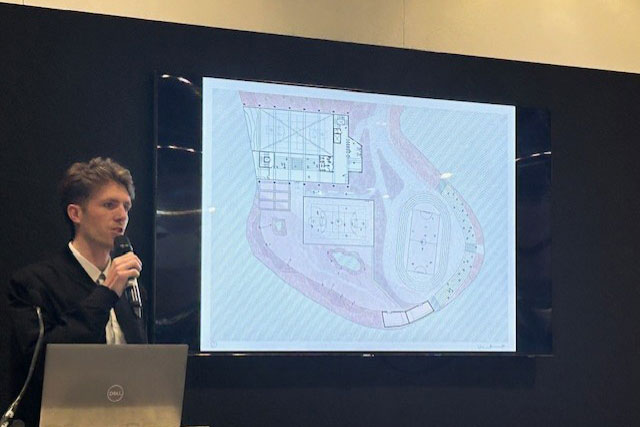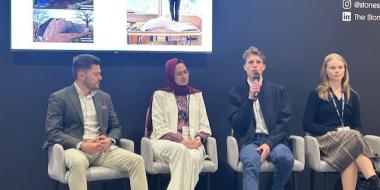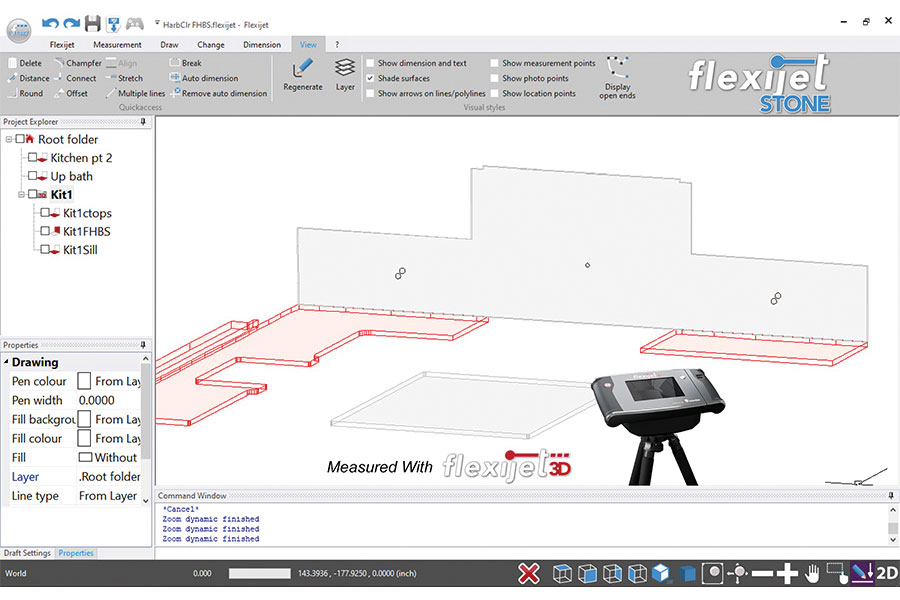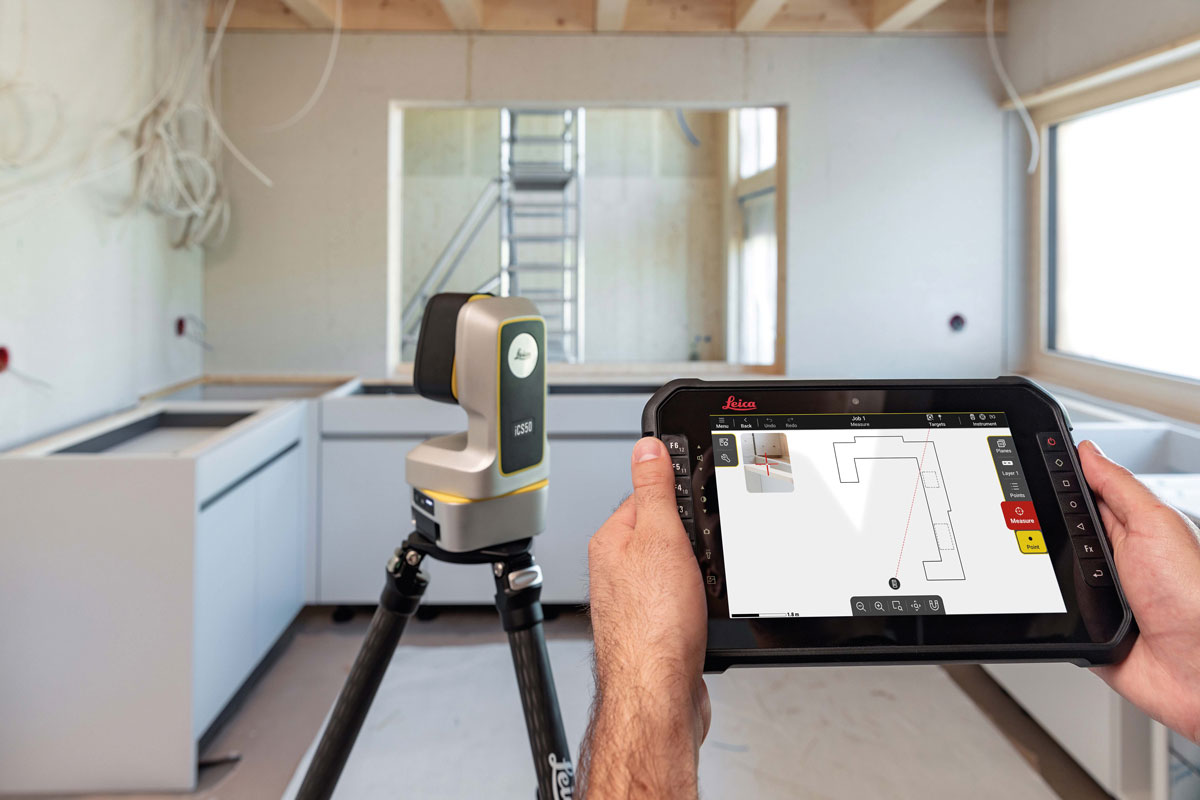Job description
- To provide quotations and information for the supply of dimensional stone building products.
- To produce work schedules for production.
- To liaise with clients, architects and builders, including site visits.
- To promote the business and seek business opportunities.
Requirements
- Experience in the dimensional stone sector is essential.
- The ability to read architectural plans and design drawings.
- IT skills in Word and XL, AutoCAD would be an advantage.
Salary
- Negotiable depending on experience.
Address & Contact
Main Street
Birchover
Derbyshire
DE4 2BN
Please email CV’s to birchover@suon.net
Location
Main Street
Birchover
Derbyshire
DE4 2BN
Birchover
Derbyshire
DE4 2BN
Salary
Negotiable depending on experience.
Closing Date
Posted Date
Website
Address
37 Markfield Road
Postcode
N15 4QA
Phone
Company Email
info@emistone.co.uk
Contact Name
Alex Bejanishvili
Mason Sub Cat
Home
Hide
Tab News
Hide
Tab Images
Hide
Tab Downloads
Hide
Tab Videos
Hide
Tab Categories
Hide
County
London
Title
Emi Stone Ltd
Country
Publish 22nd
No
Status
Record is Ready to be Published
Publishing Notes
came from Get Listed
Printed Company Description
Emi Stone specializes in the fabrication and installation of high-quality, bespoke worktops crafted from premium materials, including quartz, granite, marble, quartzite, and porcelain. Serving London and surrounding counties such as Essex and Hertfordshire, we work closely with homeowners, designers, and contractors to create stunning kitchen and bathroom surfaces that meet individual style and functional needs. Our experienced team prioritizes precision, quality, and customer satisfaction on every project, from design to installation. With Emi Stone, you can expect beautiful, durable worktops tailored perfectly to your space.
Contacts Email
info@emistone.co.uk
Media Gallery
No







